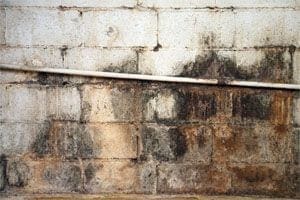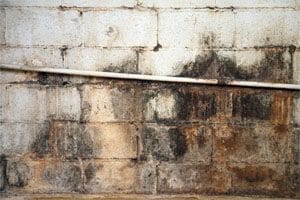statFor some women, it's about making an elegantement at special events or being a couple…

Mold in Your Home – What to Look For and What to Do
 Mold is ubiquitous; its spores are pretty much everywhere. It’s when they are blown into our homes and begin to grow there that they pose a health risk to us. Mold spores in the home become airborne, and exposure to them – living or dead – can cause sinus congestion, cold-like symptoms, sore throats, coughing, and asthma attacks. Long-term exposure can result in more serious mold allergies. As a result, it is important to minimize one’s exposure to mold.
Mold is ubiquitous; its spores are pretty much everywhere. It’s when they are blown into our homes and begin to grow there that they pose a health risk to us. Mold spores in the home become airborne, and exposure to them – living or dead – can cause sinus congestion, cold-like symptoms, sore throats, coughing, and asthma attacks. Long-term exposure can result in more serious mold allergies. As a result, it is important to minimize one’s exposure to mold.
In the home, mold tends to grow in areas that have been flooded or exposed to dampness, such as basements, bathrooms, and in walls into which moisture has seeped. Nevertheless, mold is often difficult to detect. In general, if you are aware of a musty odor or see signs of discoloration on walls or flooring, especially in areas that have been exposed to flooding or consistent high humidity, chances are you have mold. One way to test discolored spots for the presence of mold is to apply a small drop of bleach; if the stain loses its color or disappears, it’s probably mold, and should be removed.
Areas of mold in the home can be small (a square yard or less), moderate (more than three patches, or one patch smaller than three square yards), or extensive (when any patch of mold is larger than a sheet of plywood). If you have extensive areas of mold in your home, you should seek professional help to remove them. But if you take the right precautions, you can safely remove small and moderate areas of mold yourself:
Mold can usually be removed by cleaning the area with a detergent solution.
Before attempting this, however, make a trip to your hardware store and buy a mask, goggles, and household gloves. Do not touch mold or attempt to clean it with your bare hands. If the mold infestation is fairly large, wear protective clothing while cleaning up and wash it carefully afterwards.
Discard any carpeting, mattresses, or porous materials that have gotten wet or have been stored in damp conditions. If the mold has affected areas of drywall, they may have to be removed and replaced, because it is almost impossible to get rid of the mold in them. If you are cleaning wood, concrete, or other porous surfaces, clean them first with a vacuum cleaner fitted with HEPA filters.
Mold on wooden studs or wall beams may have to be sanded off before cleaning.
Scrub the affected areas with a detergent solution, rinse it off and wipe it clean with a sponge or rag, and then dry the area thoroughly. The use of diluted bleach (1 part bleach to 10 parts water) is recommended by some experts, and not by others; do not use full-strength bleach because its fumes may be more dangerous than the mold.
After the areas have been cleaned, clean up the area using a vacuum with HEPA filters. Allow the area to dry thoroughly, and then monitor it to make sure the mold does not return. If it does, you most likely have a water leak or a moisture problem that will require professional help.




